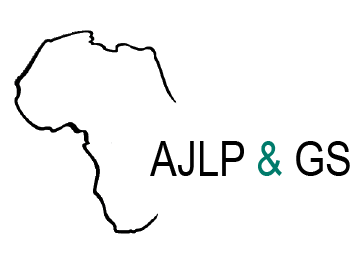Resource information
The study reviews the land policy in Zimbabwe and investigates the extent to which the policy provides incentives for investment and technology adoption to increase labour productivity in the agricultural sector. The research is based on a desk study of relevant literature and land policies implemented by the Zimbabwe government since 1980. This is complemented by empirical data drawn from various organisations that have been tracking the progress of the land reform programme. Findings from the study show that land policies delivered well on the equity but much less on land use efficiency as technology adoption and investment by reform beneficiaries remained low. Low public investment in infrastructure and services has constrained trade and agrarian transformation. Land policies that promote technology adoption and investments are needed and scope exists towards this through proper attention to land policy.


